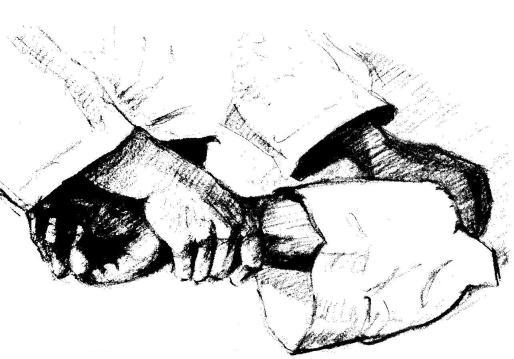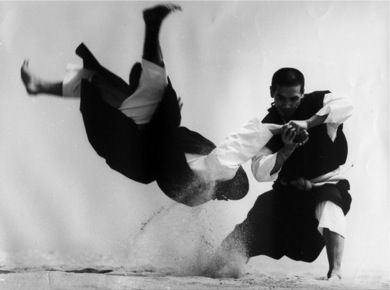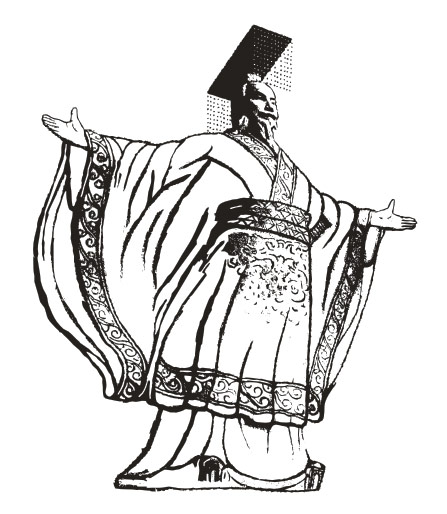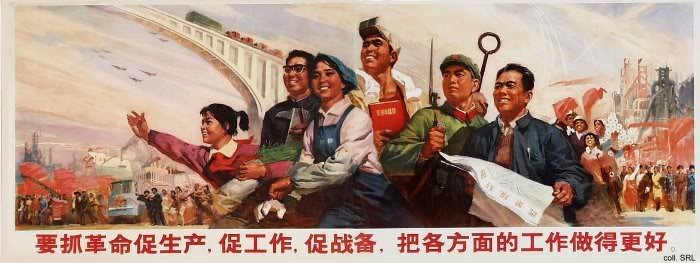 |
Today, the systems of unarmed combat that were developed and practiced during the Muromachi period (13331573) are referred to collectively as Japanese old-style jujutsu (日本古流柔術 Nihon koryū jūjutsu?). At this period in history, the systems practiced were not systems of unarmed combat, but rather means for an unarmed or lightly armed warrior to fight a heavily armed and armored enemy on the battlefield. In battle, it was often impossible for a samurai to use his long sword, and would therefore be forced to rely on his short sword, dagger, or bare hands. When fully armored, the effective use of such "minor" weapons necessitated the employment of grappling skills.
Methods of combat (as mentioned above) included striking (kicking and punching), throwing (body throws, joint-lock throws, unbalance throws), restraining (pinning, strangling, grappling, wrestling) and weaponry. Defensive tactics included blocking, evading, off-balancing, blending and escaping. Minor weapons such as the tantō (knife), ryofundo kusari (weighted chain), kabuto wari (helmet smasher), and kakushi buki (secret or disguised weapons) were almost always included in Sengoku jujutsu.
| จากคุณ |
:
SURAWISH   
|
| เขียนเมื่อ |
:
16 ก.ย. 54 12:21:05
|
|
|
|
 |












